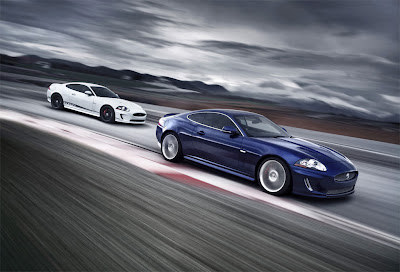Jaguar XJ
According to Mike O’Driscoll, the Supersport version of the long-awaited new Jaguar XJ large luxury saloon has an ability denied to any other car on earth. “It’s fantastic,” he says, fixing me with a messianic gaze. “It can get out of its own way really, really quickly.”
I retire to a quiet, darkened room to think that one over and ponder whether Jaguar’s MD has been watching too much Dr Who. And then, a few hours later, I drive the car and come to understand why he is thumping the tub about the company’s new flagship quite so enthusiastically.
It is hard to overstate the importance of the XJ to Jaguar as the company accelerates away from its long reliance on an admittedly proud past, toward a future which O’Driscoll and his design chief Ian Callum are determined will see it once again recognised as a design and technology leader.
It had travelled a long way down that road even before the arrival of the XJ, which will be in showrooms soon. The S-type, conceived under Ford ownership and with styling harking back to Jaguars of the 1960s, was replaced several years ago by Callum’s ultra-modern XF mid-sized executive saloon, which many now rate above its BMW 5 Series and Mercedes-Benz E-Class rivals. The unsuccessful X-Type “small” Jaguar – based on Ford’s mundane Mondeo underpinnings – has been dropped, in line with Jaguar’s determination to elevate itself ever further upmarket. The latest Callum-designed XK sports coupés and convertibles will race at Le Mans this year, and have won respect for quality and performance worldwide. Denials of plans for a smaller, lighter, outright sports car – the real stuff of Jaguar legend – carry all the conviction of MPs’ rationalisations of their expenses.



.jpg)